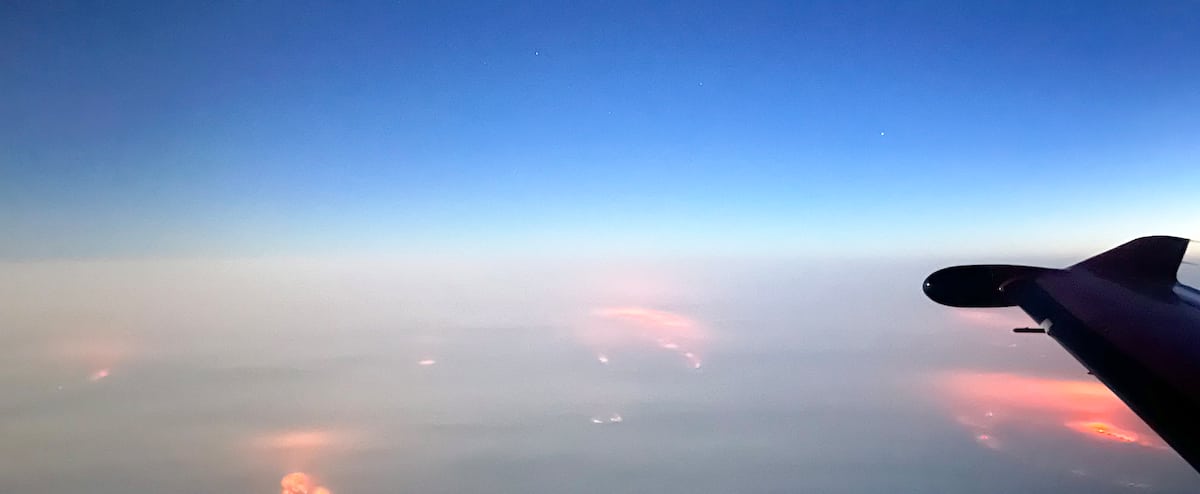In the future, firefighters and air tankers can no longer be expected to put out all wildfires, even some that threaten our homes, say experts who are calling for a change in mentality.
“It is not part of our habits to guard against fires. We are convinced that the firefighters will put them out,” says Yves Bergeron, professor of forest ecology at UQAT and UQAM.
“I think it would take a lot more equipment than we are capable of [de mobiliser] as a society.”
Like several experts interviewed, he recalls that forest fires are a natural phenomenon. He feels that decision-makers and citizens do not sufficiently take this risk into account when building cities, infrastructures or residences. Neither in place nor in manner.
Yet there are a variety of choices that can be made to accommodate this risk.
“It’s important that people be aware that combat methods have operational limits,” says Jonathan Boucher, research scientist at the Canadian Forest Service.
For example, air tankers are not able to extinguish all hot spots. It is therefore necessary to send firefighters to the ground, with all the risks that entails.
AFP
A Canadair plane during a simulation exercise in Marseille, France, on Thursday.
Moreover, the air tanker is not the solution for all situations. If the heat is too intense, the water will evaporate before even touching the fire, illustrates Mr. Boucher.
Technologies that make it possible to better fight and monitor the evolution of fires are progressing rapidly, but so are the climate changes that favor the outbreak of fires.
In California, the largest insurance company has announced that it is stopping offering new coverage for the home, could we read in the New York Times last week.
The area of Canada burned each year by forest fires has more than doubled since the 1970s and is likely to double again by 2100. Annual firefighting costs and losses total approximately $1.5 billion, according to the National Risk Profile published in May by the Ministry of Public Security.

